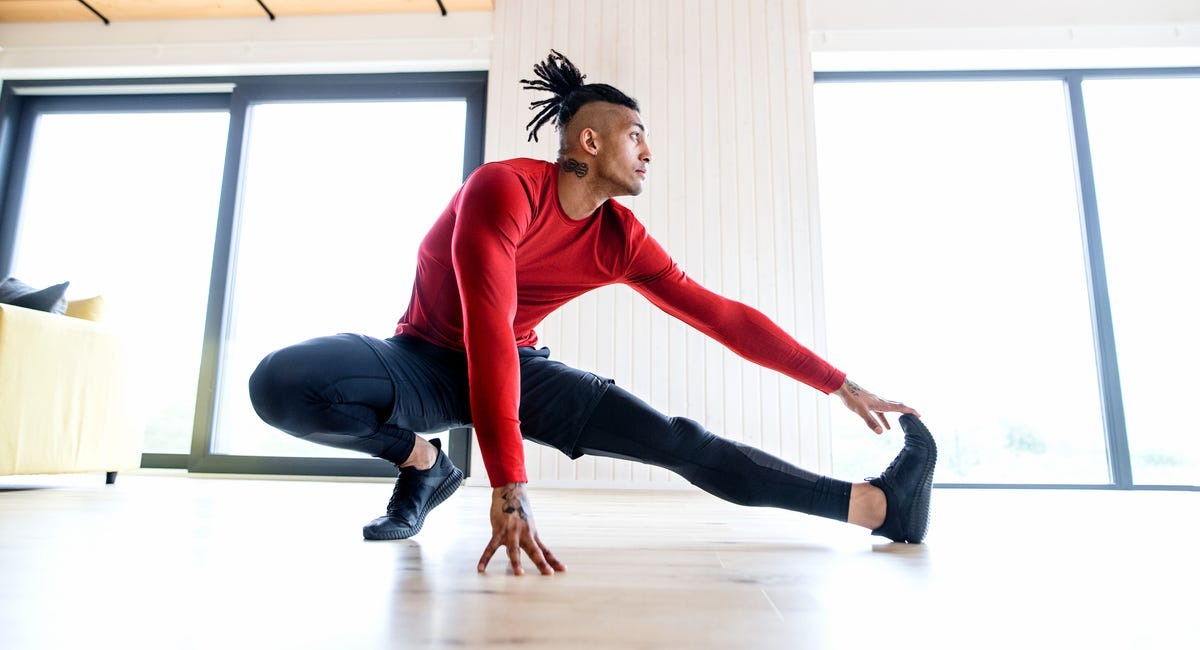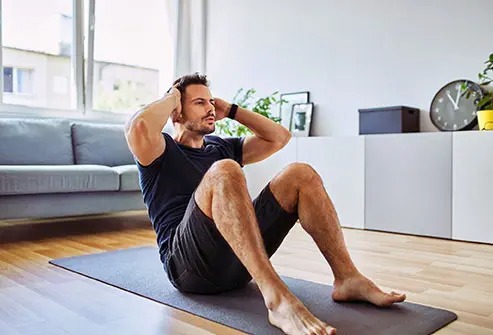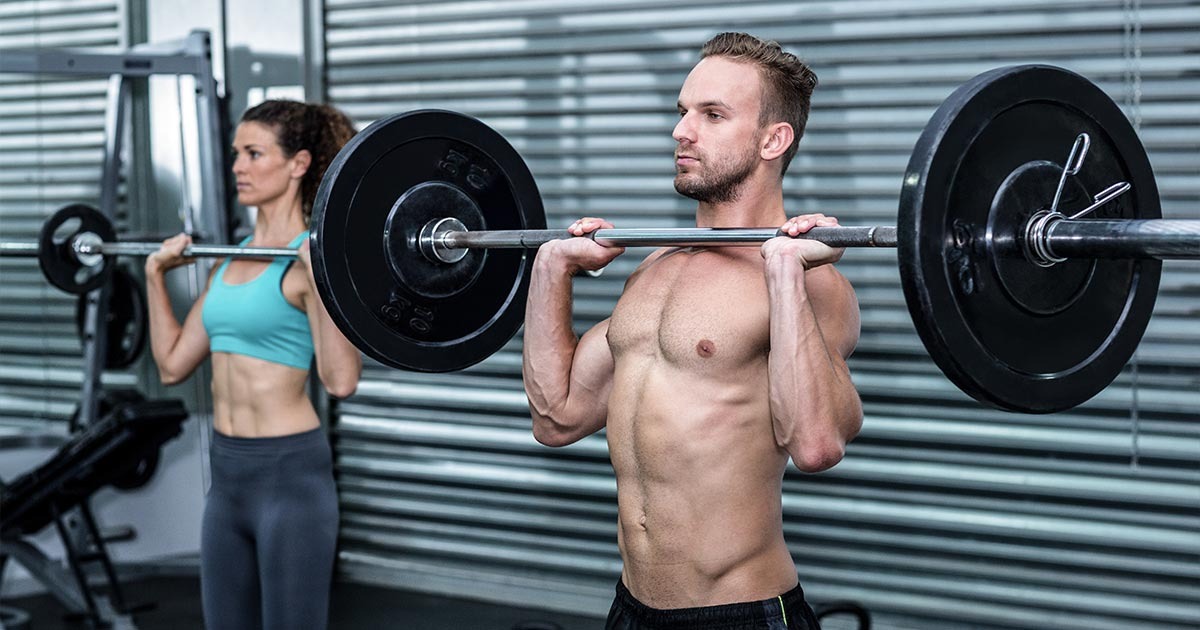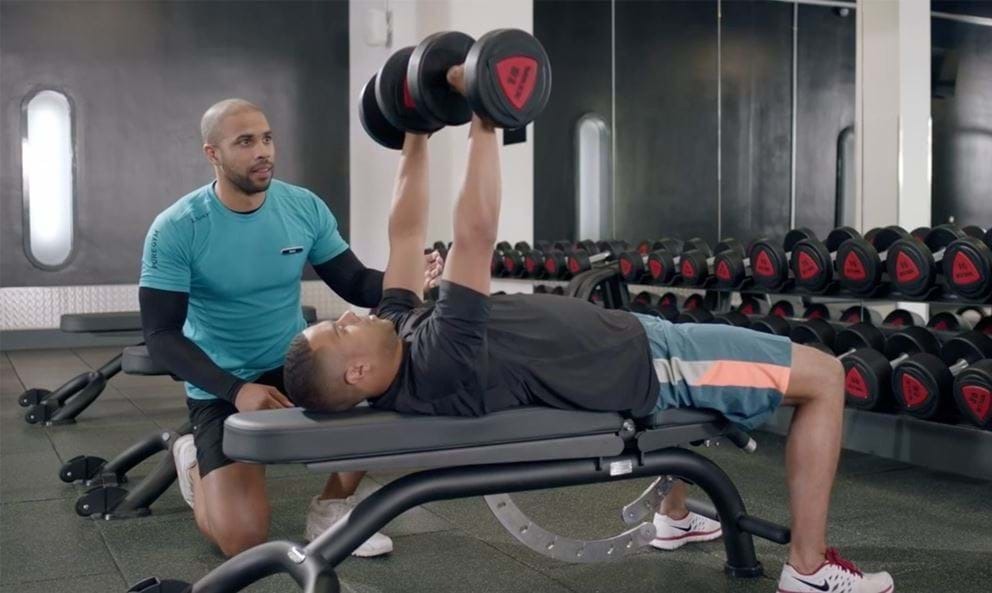Many beginners rush into their workouts without warming up. Skipping this step often leads to stiff muscles, poor performance, and sometimes injuries. A warm-up might not feel exciting, but it’s one of the most important parts of training. It prepares your body, improves blood flow, and wakes up your muscles before you lift weights or start cardio.
In this article, we’ll go through 10 essential warm-up exercises that are simple, effective, and perfect for beginners. These moves will not only protect your body but also help you perform better during your main workout.
Why Warm-Ups Are Important
Before we list the exercises, let’s understand why warming up matters.
- Increases blood flow – Muscles receive more oxygen, which helps them work better.
- Prevents injuries – Warm muscles are less likely to tear or strain.
- Improves flexibility – Makes movements easier and smoother.
- Boosts performance – You can lift more weight or run longer when your body is prepared.
- Activates the mind – Gets you focused and ready to train.
For beginners, warming up should last around 5–10 minutes.
1. Arm Circles
Arm circles are a simple way to loosen your shoulders and arms.
How to do it:
- Stand straight with feet shoulder-width apart.
- Extend your arms sideways.
- Make small circles forward for 20–30 seconds.
- Repeat in the opposite direction.
Muscles warmed up: Shoulders, upper arms.
2. Jumping Jacks
Jumping jacks raise your heart rate and warm up the whole body.
How to do it:
- Stand with feet together and arms at your side.
- Jump while spreading your legs and raising your arms overhead.
- Jump back to the starting position.
- Repeat for 30–60 seconds.
Muscles warmed up: Legs, shoulders, core.
3. High Knees
This is a cardio-based warm-up that also activates your core.
How to do it:
- Stand straight.
- Run in place while lifting your knees toward your chest.
- Keep your arms moving naturally.
- Do this for 20–30 seconds.
Muscles warmed up: Legs, abs, hip flexors.
4. Bodyweight Squats
Squats warm up the lower body and prepare you for strength training.
How to do it:
- Stand with feet shoulder-width apart.
- Lower your hips back and down like you’re sitting in a chair.
- Keep your chest up and knees aligned with toes.
- Rise back up.
- Perform 10–15 reps.
Muscles warmed up: Quads, hamstrings, glutes, lower back.
5. Arm Swings (Crossovers)
This exercise opens up your chest and shoulders.
How to do it:
- Stand straight.
- Swing your arms out wide and then cross them in front of your chest.
- Alternate which arm goes on top.
- Repeat for 30 seconds.
Muscles warmed up: Chest, shoulders, upper back.
6. Hip Circles
Loosening the hips is important, especially if you sit a lot during the day.
How to do it:
- Stand with feet hip-width apart.
- Place your hands on your hips.
- Rotate your hips clockwise for 15–20 seconds.
- Switch to counter-clockwise.
Muscles warmed up: Hips, lower back, core.
7. Walking Lunges
Walking lunges activate the lower body and improve balance.
How to do it:
- Stand upright.
- Step forward with your right leg, lowering your body until both knees are bent at 90 degrees.
- Push back up and step forward with the other leg.
- Do 10 lunges per leg.
Muscles warmed up: Quads, glutes, calves.
8. Torso Twists
This warms up your spine and prepares your core for training.
How to do it:
- Stand with feet shoulder-width apart.
- Place hands on your hips or hold them out in front.
- Slowly twist your torso left and right.
- Repeat for 20–30 seconds.
Muscles warmed up: Core, obliques, spine.
9. Leg Swings
Leg swings improve mobility and loosen the hip joints.
How to do it:
- Stand near a wall or something to hold for balance.
- Swing one leg forward and backward in a controlled motion.
- Do 10–12 swings per leg.
- Then swing side-to-side.
Muscles warmed up: Hips, hamstrings, inner thighs.
10. Light Jog in Place
A light jog in place raises your heart rate and prepares your body for harder movements.
How to do it:
- Stand tall.
- Start jogging lightly on the spot.
- Keep your knees low and relaxed.
- Continue for 1–2 minutes.
Muscles warmed up: Legs, calves, core, heart.
How to Combine These Warm-Ups into a Routine
Here’s a beginner warm-up routine (7–10 minutes):
- Arm circles – 30 seconds
- Jumping jacks – 45 seconds
- High knees – 30 seconds
- Bodyweight squats – 12 reps
- Arm swings – 30 seconds
- Hip circles – 20 seconds each direction
- Walking lunges – 10 per leg
- Torso twists – 30 seconds
- Leg swings – 10 per leg
- Light jog in place – 1 minute
This full sequence activates the entire body and gets you ready for training.
Common Warm-Up Mistakes Beginners Should Avoid
- Skipping warm-ups – leads to stiffness and injury risk.
- Doing only static stretches – cold muscles should not be stretched too much.
- Rushing through warm-ups – quick, careless movements don’t prepare the body.
- Overdoing it – spending 20 minutes warming up may cause fatigue.
- Ignoring breathing – proper breathing makes warm-ups more effective.
Benefits of Doing These Warm-Ups Regularly
- You’ll feel more energy during workouts.
- Your body will move more smoothly.
- You’ll recover faster after training.
- Injuries and muscle strains will reduce.
- Training sessions will feel easier and more enjoyable.
Tips for Beginners Starting Warm-Ups
- Start slow and increase intensity as your body adapts.
- Choose warm-ups that match your workout (for example, more leg warm-ups if you’re doing leg day).
- Stay consistent — even 5 minutes is better than skipping.
- Listen to your body — if something hurts, stop immediately.
- Combine warm-ups with proper hydration for best results.
Conclusion
Warming up is the first step to a safe and effective workout. For beginners, these 10 simple exercises are enough to prepare the body, improve flexibility, and boost performance. They don’t require equipment, can be done anywhere, and take less than 10 minutes.
So next time you train, don’t jump straight into lifting or running. Take a few minutes to warm up, and your body will thank you with better results and fewer injuries. Remember: a good warm-up is not a waste of time — it’s your ticket to safer, stronger, and more effective training.



